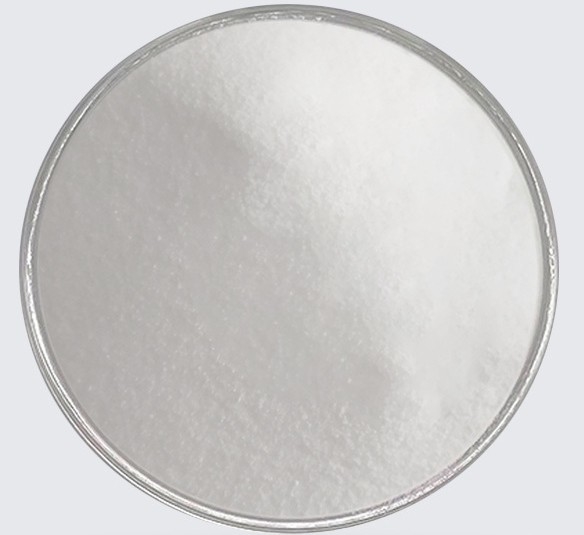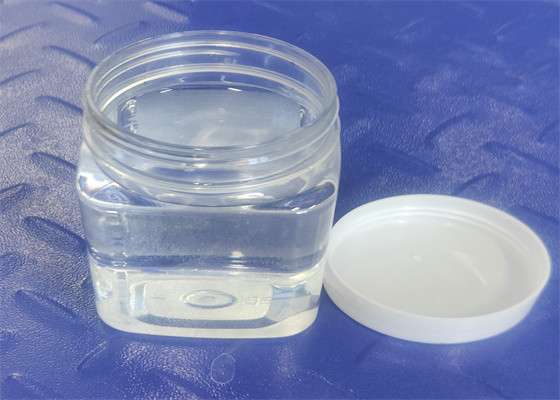
142-47-2
- Product Name:Monosodium glutamate
- Molecular Formula:C5H8NNaO4
- Purity:99%
- Molecular Weight:169.113
Product Details;
CasNo: 142-47-2
Molecular Formula: C5H8NNaO4
Appearance: White or off-white crystalline powder with a slight peptone-like odor
Buy Reliable Quality Monosodium glutamate 142-47-2 Customized Supply
Technical Data Sheet:
As an AI language model, I don't have real-time access to specific technical data sheets. However, here are some general properties of MSG:
Chemical Formula: C5H8NNaO4
Molecular Weight: 169.11 g/mol
CAS Number: 6106-04-3
Appearance: White crystalline powder
Solubility: Highly soluble in water
pH (1% solution): 6.7-7.2
Melting Point: 232-236°C
Density: 1.66 g/cm³
Features:
- Flavor Enhancer: MSG is known for its ability to enhance the umami flavor in foods. Umami is considered the fifth basic taste, contributing to a savory, meaty, or brothy taste sensation.
- Versatility: MSG can be used in a wide range of food products, including soups, sauces, marinades, snacks, processed meats, seasonings, and pre-packaged foods.
- Stability: It is stable under various processing conditions, such as heat, acidity, and freezing, making it suitable for different cooking methods and food applications.
- Synergistic Effect: MSG can enhance and synergize with other flavors, allowing for a more balanced and robust taste profile in food preparations.
| Packaging | 1kg-15kg packing | 2 PE bag inside + 1 foil bag outside in carton | ||
| 25kg-50kg packing | 2 PE bag inside + 1 foil bag outside in drum | |||
| Other packing | Customized packing | |||
| Drum Size | D38cm*H60cm or customized, 25 kg/ drum | |||
| Shipping | 1-50kg | International Express | Fast and convenient | Door to Door |
| 50-500kg | Air Transportation | Fast and cheap | To Air Port | |
| Above 500kg | Sea Transportation | Cheap and convenient | To Port | |
Monosodium glutamate(Cas 142-47-2) Usage
|
Description |
Monosodium glutamate (MSG) is a widely utilized flavor enhancer in the food industry, appreciated for its ability to intensify umami taste and improve the overall flavor quality of dishes and processed foods. While it has been the subject of scrutiny, scientific research supports its safety when consumed in moderation, making it a valuable ingredient in culinary applications. |
| Ready-to-Eat Meals | Pre-packaged meals, instant noodles, and frozen dinners frequently contain MSG to enhance flavor and provide a more satisfying eating experience. It helps to elevate the taste of convenience foods. |
| Seasonings and Condiments | MSG is a common ingredient in various seasonings, bouillon cubes, and condiments such as soy sauce, salad dressings, and BBQ sauces. It contributes to enriching the taste profile of these products. |
| Restaurant and Home Cooking | MSG is commonly used in Asian cuisine, particularly in Chinese, Japanese, and Korean dishes, to enhance umami flavor. It can be added directly to cooking ingredients or sprinkled on food as a seasoning. |
| Flavor Enhancement | MSG is renowned for its ability to enhance the savory taste of foods, known as umami. It works by stimulating taste receptors on the tongue, thereby intensifying the overall flavor profile of dishes. |
|
Regulatory Status |
GRAS listed. Accepted in Europe for use as a food additive in certain applications. Included in the FDA Inactive Ingredients Database (oral syrup). Included in nonparenteral medicines licensed in the UK. Included in subcutaneous vaccine injections. |
|
Who Evaluation |
Evaluation year: 1987 |
InChI:InChI=1/C5H9NO4.2Na/c6-3(5(9)10)1-2-4(7)8;;/h3H,1-2,6H2,(H,7,8)(H,9,10);;/q;2*+1/p-2
142-47-2 Relevant articles
Enzyme-Catalyzed Organic Synthesis: Electrochemical Regeneration of NAD(P)H from NAD(P) Using Methyl Viologen and Flavoenzymes
DiCosimo, Robert,Wong, Chi-Huey,Daniels, Lacy,Whitesides, George M.
, p. 4622 - 4623 (1981)
A procedure for enzyme-catalyzed organic...
Reconsidering the effects of monosodium glutamate: A literature review
Matthew Freeman CNP, MPH
, Journal of the American Academy of Nurse Practitioners, Volume18, Issue10 October 2006 Pages 482-486
This article reviews the literature from the past 40 years of research related to monosodium glutamate (MSG) and its ability to trigger a migraine headache, induce an asthma exacerbation, or evoke a constellation of symptoms described as the “Chinese restaurant syndrome.”
Process for chemical reaction of amino acids and amides yielding selective conversion products
-
Page 7-8, (2008/06/13)
The invention relates to processes for c...
142-47-2 Process route
-

- 98-79-3
L-Pyroglutamic acid

-

- 142-47-2,149-65-5,15383-53-6,16079-50-8,16177-21-2,16690-92-9,21932-17-2,26247-79-0,28223-73-6,30617-64-2,30811-79-1,32221-81-1,32342-59-9,56-86-0
glutamic acid sodium salt
| Conditions | Yield |
|---|---|
|
With sodium hydroxide; hydrogen; 5% activated charcoal-supported ruthenium catalyst; In water; at 150 ℃; for 2h; under 103432 Torr;
|
-
-
C27H29N5O4PRu*2Na(1+)*2F6P(1-)

-

- 142-47-2,149-65-5,15383-53-6,16079-50-8,16177-21-2,16690-92-9,21932-17-2,26247-79-0,28223-73-6,30617-64-2,30811-79-1,32221-81-1,32342-59-9,56-86-0
glutamic acid sodium salt
| Conditions | Yield |
|---|---|
|
In aq. phosphate buffer; Irradiation;
|
142-47-2 Upstream products
-
98-79-3

L-Pyroglutamic acid
-
305-72-6

α-ketoglutaric acid disodium salt
-
22202-68-2

α-ketoglutaric acid sodium salt
142-47-2 Downstream products
-
23356-96-9

(S)-1-Pyrrolidin-2-yl-methanol
-
17342-08-4

(S)-Pyroglutaminol
-
28874-51-3

sodium L-pyroglutamate
-
486455-65-6

N-2-ethylhexanoyl-L-glutamic acid N,N'-(dibutylamide)
Relevant Products
-
Lactic acid
CAS:50-21-5
-
L-Arginine
CAS:74-79-3








